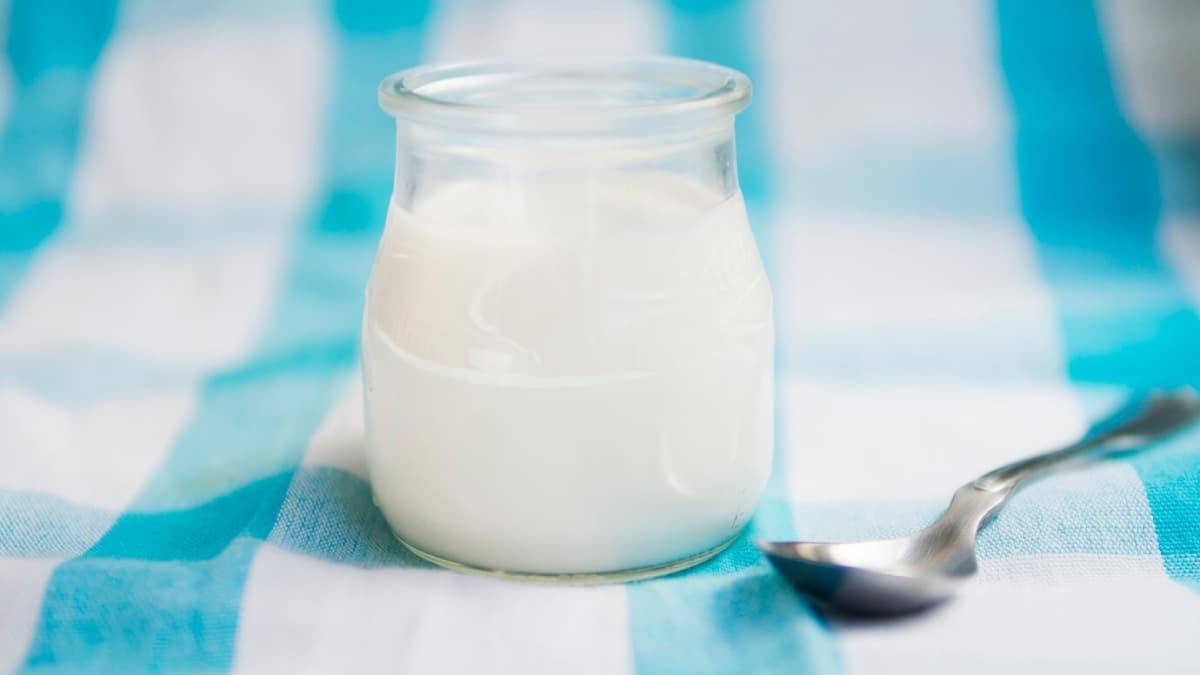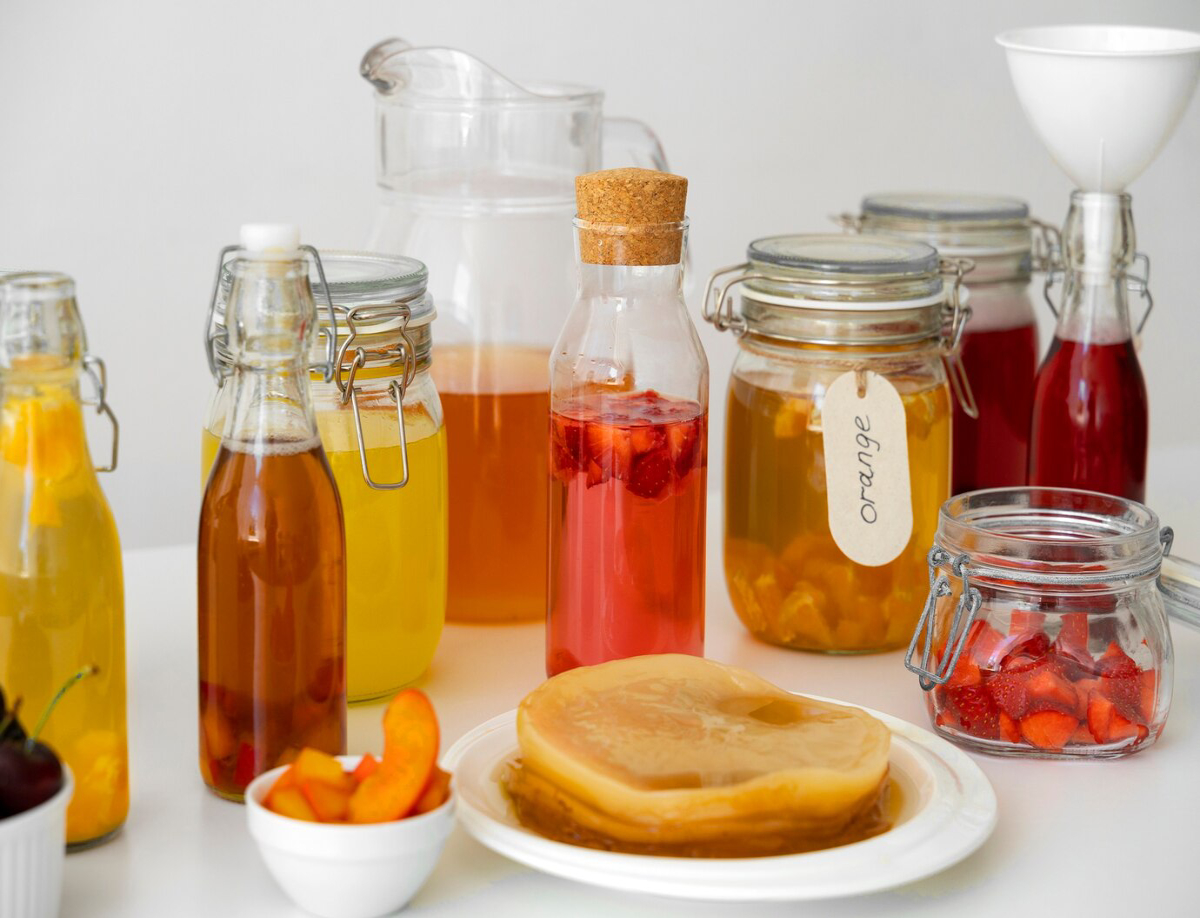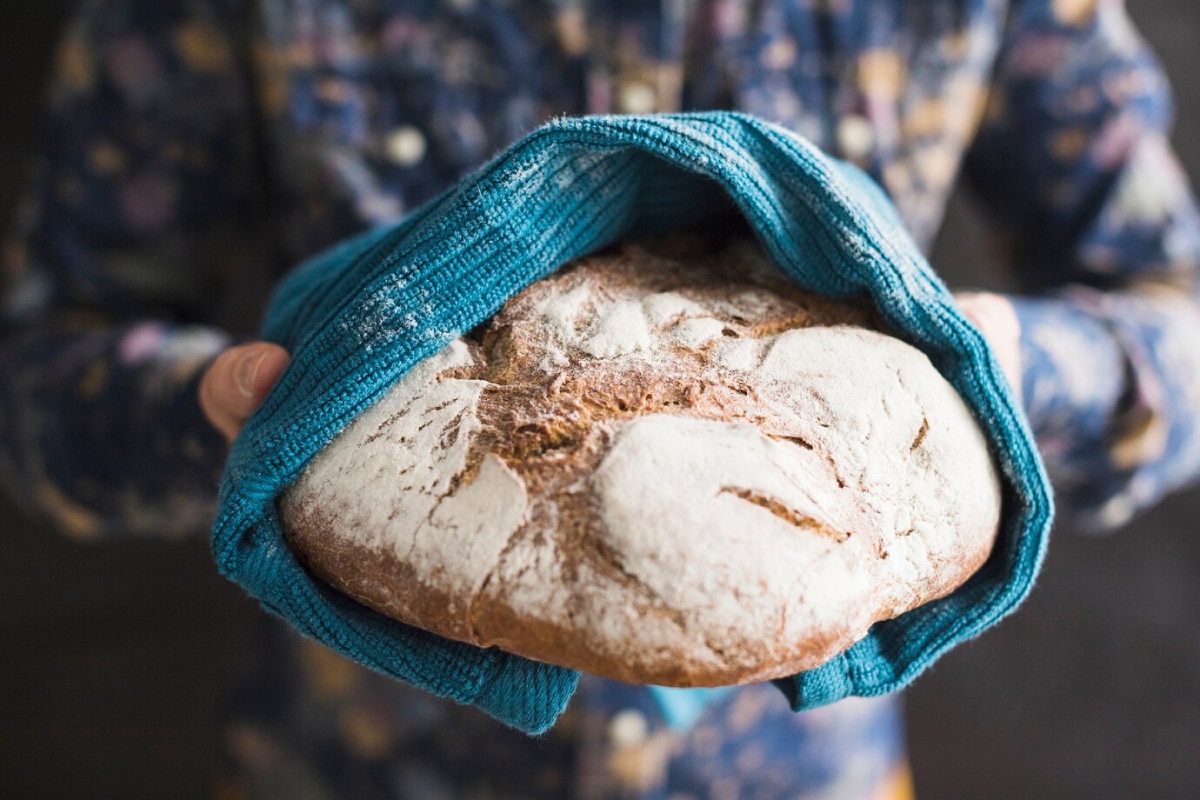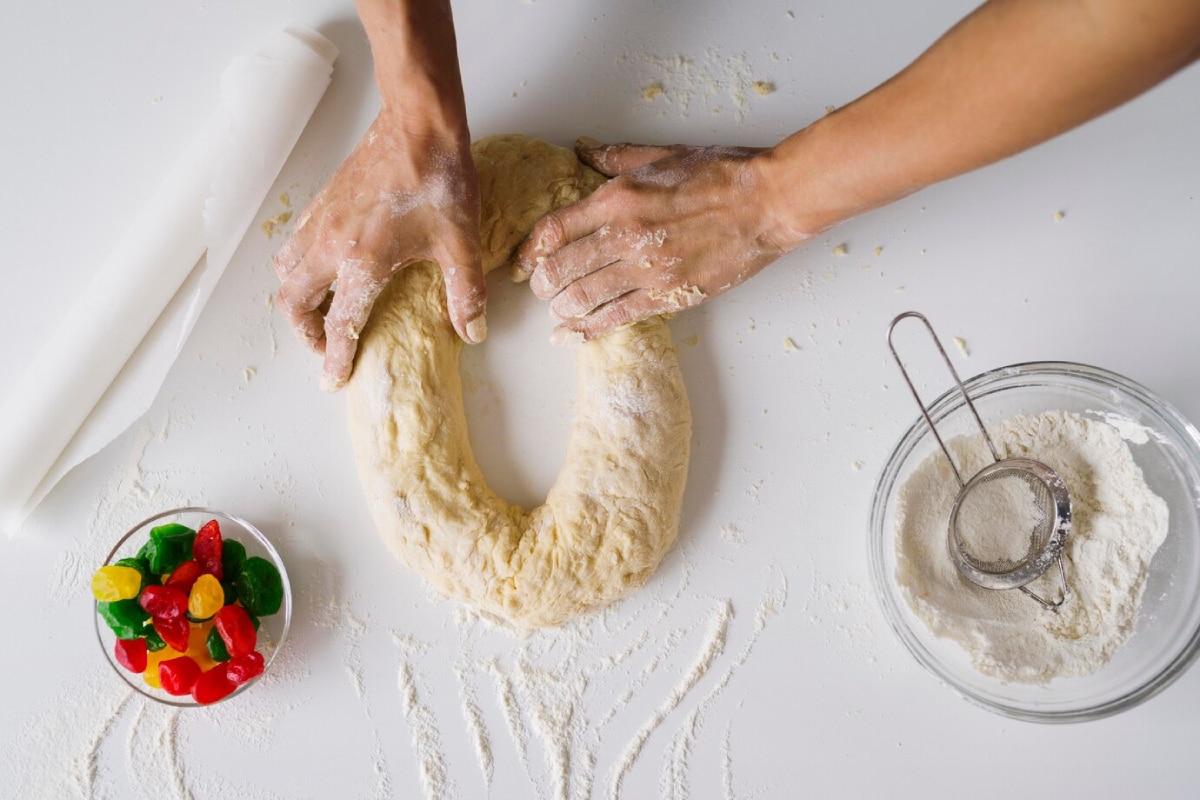
Creating Naturally Fermented Pizza Dough for Rich Flavour and Texture
Picture this: a golden, crispy pizza base with a slight chew, deep flavour, and a gut-friendly bonus. Sound good? That’s what you get with naturally fermented pizza dough. Swapping out commercial yeast for wild cultures not only enhances flavour and texture but also adds a powerful punch of probiotics. Whether you’re a sourdough novice or a seasoned fermenter, mastering the sourdough pizza base is a rewarding kitchen adventure that brings together tradition, taste, and health.
In this blog, we’ll walk you through the fermented dough recipe from starter to slice. You’ll learn the benefits of slow fermentation, how to create your own probiotic-rich dough, and why this method can make your Friday night pizza a whole lot more delicious (and nutritious). Ready to give your pizza crust a makeover? Let’s dive in.
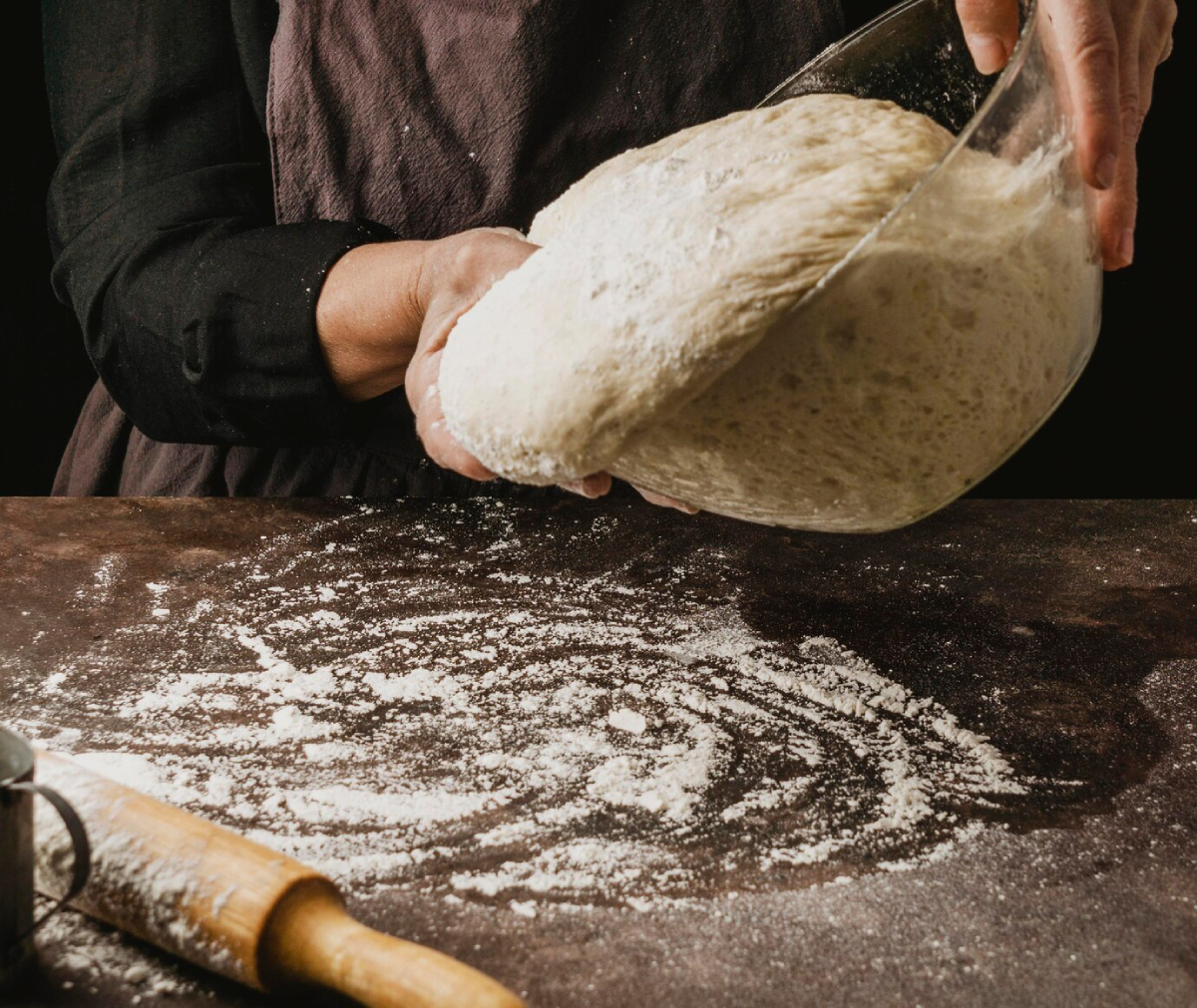
Why Fermented Dough Makes Better Pizza
1. Flavour That Develops Over Time
Unlike quick-rise yeast doughs, fermented dough undergoes a slow transformation. Wild yeast and lactic acid bacteria work together to develop:
- Rich, tangy flavour
- Improved crust structure
- Aromatic complexity
The longer fermentation allows sugars to break down naturally, making each bite more satisfying.
2. Easier on Digestion
Sourdough fermentation pre-digests much of the gluten and phytic acid in the flour, which can make the crust gentler on sensitive stomachs. The probiotics created during the process also contribute to better gut health.
Many people who struggle with regular bread find fermented dough easier to tolerate.
3. Nutrient Boost & Lower Glycaemic Index
Slow fermentation unlocks more bioavailable nutrients and helps reduce the dough’s impact on blood sugar levels. This makes the probiotic pizza crust not only a treat but also a smarter option.
Getting Started: Your Sourdough Starter
A sourdough starter is a living culture of flour and water that hosts wild yeast and bacteria. It’s the natural leavening agent that replaces commercial yeast.
You can either:
- Make your own from scratch (7-day process)
- Get some from a friend
- Buy a dehydrated starter online

Making a Starter from Scratch
Ingredients:
- Wholegrain flour (rye or wheat)
- Filtered water
Instructions:
- Mix 50g flour + 50ml water in a jar.
- Cover loosely and leave at room temperature.
- Feed daily with the same ratio.
- After 5–7 days, it should be bubbly, smell tangy, and double in size.
Learn more in our guide on how to make a sourdough starter from scratch.
The Fermented Dough Recipe (Step-by-Step)
Ingredients (Makes 2 Large Bases)
- 500g strong white bread flour
- 100g active sourdough starter
- 325ml filtered water
- 10g sea salt
- 1 tbsp olive oil (optional for texture)
Instructions
1. Mix & Autolyse (30 mins)
- Combine flour and water.
- Let it rest for 30 minutes to absorb moisture (called autolysis).
2. Add Starter and Salt
- Add sourdough starter and salt.
- Mix well until combined.
3. Stretch & Fold (Over 3–4 Hours)
- Every 30–45 minutes, stretch and fold the dough.
- Do this 3–4 times to build strength.
4. Bulk Fermentation (6–8 Hours or Overnight in the Fridge)
- Let the dough rise at room temp until nearly doubled.
- Alternatively, refrigerate overnight for deeper flavour.
5. Shape & Rest (1 Hour)
- Divide dough into 2 balls.
- Cover and let rest for easier shaping.
6. Preheat Oven & Prepare Toppings
- Preheat to highest setting (250°C+).
- Place pizza stone or baking tray inside.
7. Shape & Bake (10–12 Minutes)
- Shape dough on floured surface.
- Add toppings.
- Transfer to hot stone or tray.
- Bake until crust is golden and bubbly.

Creative Toppings for Probiotic Pizza Crust
Why not keep the probiotic theme going?
Fermented Topping Ideas:
- Fermented tomato sauce (add a spoon of kraut brine)
- Kimchi slices for a spicy kick
- Miso mushrooms
- Goat cheese with lacto-fermented onions
- Sourdough pancetta or bacon
These flavours complement the crust and add gut-loving goodness.
Make-Ahead and Storage Tips
Storing Dough
In the fridge:
- Wrap tightly and store for 2–3 days.
In the freezer:
- Freeze portions after bulk fermentation.
- Thaw overnight in the fridge before use.
Storing Baked Bases
- Bake base without toppings.
- Cool, wrap, and freeze.
- Add toppings later and reheat directly.
For more batch-prepping advice, see our guide on make-ahead fermented meals.
Troubleshooting Your Dough
Issue: Dough too sticky?
- Add a little more flour during folding.
Issue: Doesn’t rise much?
- Starter may be weak; give it a few feedings.
Issue: Dough tears when stretched?
- Didn’t ferment long enough or skipped folding.
Issue: Too sour?
- Shorten fermentation time or refresh starter more often.
Real-Life Success Stories
“I never thought a pizza crust could make me feel this good! After switching to sourdough, my bloating disappeared and flavour got a major upgrade.” – Sarah, home cook and busy mum
“Making fermented pizza dough sounded intimidating, but it’s become a weekend ritual for us now. The kids even ask for ‘the healthy pizza’!” – Jamie, father of two
Fermentation FAQ for Pizza Dough
How long should I ferment pizza dough?
Ideally 8–12 hours. Fridge fermentation can extend to 48 hours for better taste.
Can I use whole wheat or gluten-free flours?
Yes, but they may require more hydration and gentle handling.
Do probiotics survive baking?
Most are destroyed by high heat, but prebiotic compounds and digestion benefits remain.
Is it OK if my dough smells sour?
A mild tang is normal. If it smells rotten, discard it.
Your Pizza, Elevated
Making naturally fermented pizza dough isn’t just a food trend—it’s a return to roots, flavour, and function. With a bit of planning and patience, you can craft a pizza crust that’s crisp, chewy, tangy, and kinder to your gut.
From crafting your sourdough starter to adding probiotic toppings, this fermented dough recipe opens the door to pizza nights that are not only satisfying but also nourishing. Once you taste the depth of a sourdough pizza base, it’s hard to go back.
So, are you ready to stretch, ferment, and bake your way to better pizza? Try it this weekend, share your results, and tag us in your creations. Subscribe for more naturally fermented recipes, and transform your kitchen into a gut-friendly haven.
